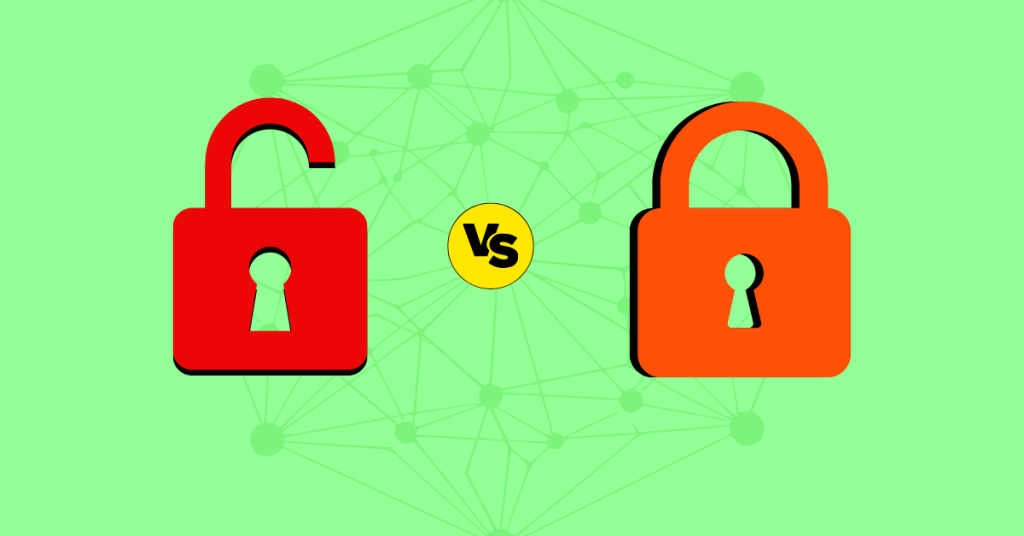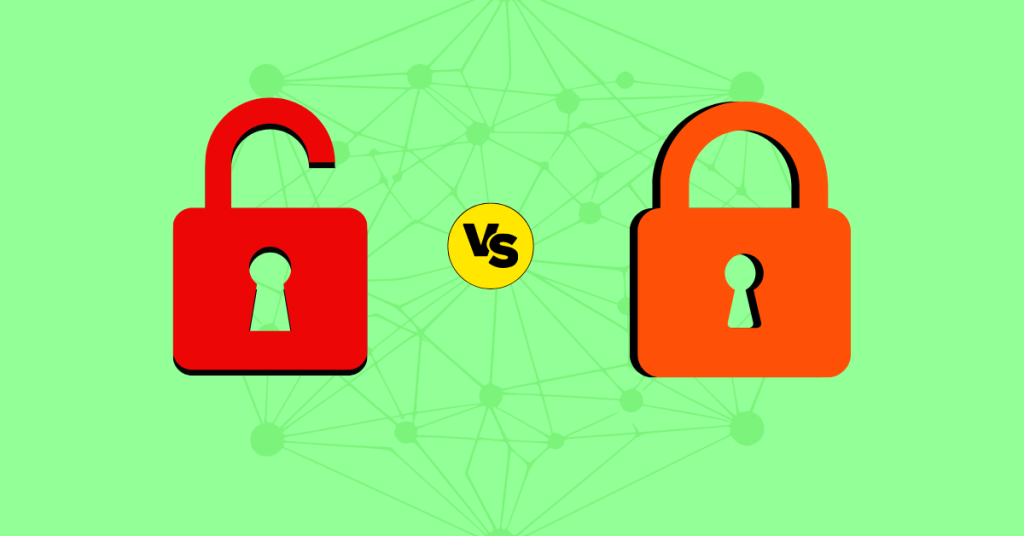Blockchain Architecture: Public vs. Private Blockchains


The post Blockchain Architecture: Public vs. Private Blockchains appeared first on Coinpedia Fintech News
Blockchain Architecture: Public vs. Private Blockchains
Introduction
Advancements in Blockchain can’t be ignored as they promise decentralization, security, and transparency. Developers who want to proceed must not only be proficient in coding skills but also have a deeper understanding of the fundamentals. Understanding the Blockchain architecture seems a daunting task, right? No sweat! We’ve got you covered. This article delves into the architecture, key differences, tools and frameworks, and how to build major blockchains.
Blockchain Architecture Types
- Public Blockchain Architecture
- Decentralization: There is no central authority that holds all the necessary data or transaction validation rather it is all distributed across the network. Every node checks the transactions on its own and makes sure the system keeps working even if something goes wrong.
- Decentralization is the backbone of Blockchain where no single entity holds power.
- Transparency and Immutability: All the nodes and participants can view the ledger ensuring transparency throughout the network. Also, One needs to be very careful before executing any transaction because once it’s done it can’t be further altered. This property is quite helpful in preventing fraud and double-spending.
- Consensus Mechanisms: These are rules that make sure all the parts of a network agree on the same info and how it’s doing. They help everyone stay on the same page about what’s going on. These mechanisms are just not limited to PoS and PoW but beyond. The newer mechanisms are PoA(Proof-of Authority) and, DPoS uses voting and delegates to validate the transaction and create new blocks. PBFT exchanges messages between the nodes to reach a consensus. Grasping and putting these protocols into action is crucial to keep networks strong and safe.
- Private Blockchain Architecture
- Permissioned Network: Private blockchain operates in a controlled environment with permission nodes.Configuring the access controls and managing roles are the important tasks.Controlled access ensures that only the authorized users can interact with the network,provding a layer of security and privacy.
- Privacy and Confidentiality: Privacy is the core of Private blockchains. To maintain secrecy these blockchains use features like zero-knowledge proofs and data encryption. This is important for industries dealing with sensitive information like healthcare and finance.
- Scalability and Performance: Scalability and performance are well managed by the private blockchain as it is a controlled setup. The methods utilized for the same are off-chain transactions, sharding, and smart consensus methods (like Practical Byzantine Fault Tolerance) to make things run faster and smoother.
Building a Public Blockchain
- Node Setup and Configuration
Install the required software (e.g., Geth for Ethereum).
Initialize and configure the nodes:
bash
| geth init genesis.json geth –networkid 1234 –nodiscover –maxpeers 0 –datadir ./node1 |
2. Smart Contract Development
Write a simple smart contract in Solidity (e.g., a token contract):
solidity
| pragma solidity ^0.8.0;
contract SimpleToken { mapping(address => uint256) public balanceOf; constructor(uint256 _initialSupply) { |
Compile and deploy the smart contract using Truffle or Hardhat:
bash
Copy code
| truffle compile truffle migrate –network development |
3. Network Deployment and Maintenance
Deploy the public blockchain network:
bash
| geth –networkid 1234 –mine –minerthreads=1 –datadir ./node1 |
Monitor and maintain the network by checking node synchronization and performance.
4. Interoperability and Integration
Develop interoperable solutions and integrate them with existing decentralized applications (dApps).
Building a Private Blockchain
- Network Design and Configuration
Design the network topology and configure permissioned nodes:
bash
Copy code
| configtxgen -profile SampleDevModeSolo -outputBlock genesis.block configtxgen -profile SampleDevModeSolo -outputChannelCreateTx channel.tx -channelID mychannel |
- Chaincode/Smart Contract Development
Write chaincode for business logic in Go, Node.js, or Java:
go
| package main
import ( type SimpleAsset struct { func (s *SimpleAsset) InitLedger(ctx contractapi.TransactionContextInterface) error { func main() { if err := chaincode.Start(); err != nil { |
Deploy the chaincode:
bash
| peer chaincode install -n simpleasset -v 1.0 -p github.com/simpleassetpeer chaincode instantiate -o orderer.example.com:7050 -C mychannel -n simpleasset -v 1.0 -c ‘{“Args”:[“”]}’ |
- Data Privacy and Security
Implement Encryption and security. Ensure End-to-End encryption , mask the data to protect the sensitivity, also ensure multi-factor authentication(MFA). Also, make sure the communication within the network uses TLS (Transport Layer Security) to secure the communication between the nodes.
- Network Management and Scaling
Manage the nodes and participation of the nodes onboard. Define the roles and permissions for the nodes and ensure that only the authorized nodes can participate.Always keep on monitoring and auditing the nodes to detect any malicious activities. Scaling is implemented by Sharding , Layer 2 Solutions such as side chains , Optimize the consensus mechanisms.
Tools and Frameworks
- Public Blockchain Development Tools
- Truffle Suite is used for Ethereum it contains a framework for testing, writing, and deploying smart contracts.
- Ganache is used for local blockchain testing and development
- Hardhaht is used for Ethereum provides a Flexible development environment, and has a plugin system and a built-in local Ethereum network for development.
- Private Blockchain Development Tools
- Hyperledger Composer for modeling business networks is a High-level language for defining assets and transactions.
- Hyperledger implements the javascript logic and auto-generates REST API for the networks.
- Corda development kit for financial applications focuses on direct and private transactions.
- Corda writes the smart contracts in Kotlin and has Flow framework to manage the workflow.
Read Also: Understanding Blockchain Networks and Nodes

